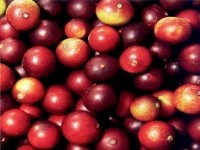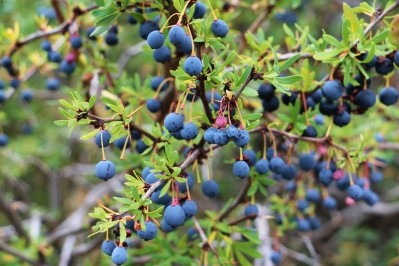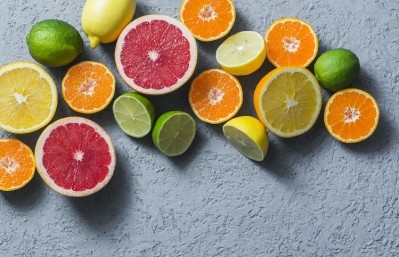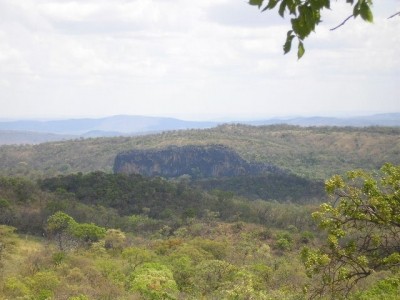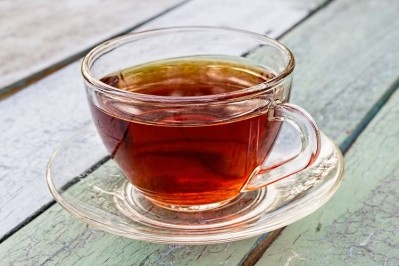Brazilian Cerrado 'scarcely explored' fruits rich in bioactives and antioxidants: Study
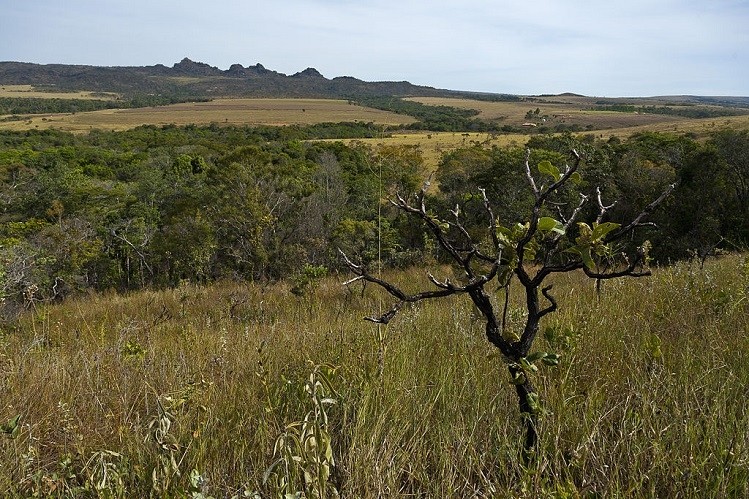
Writing in Revista Brasileira de Fruticultura (RBF), researchers from Brazil's Federal University of Piauí investigated the bioactive compounds and antioxidant activity of three fruits from the Brazilian Cerrado – a vast tropical biome covering numerous states in Brazil, including Goias and Mato Grosso.
The three species investigated were carnaúba (Copernicia prunifera); murici (Byrsonima crassifolia); and oiti (Licania tomentosa).
Unexploited flora
With more than 40,000 plant species, representing 20% of the world's flora, Brazil's plant diversity was significant but “far from being optimally exploited”, especially considering the country was one of the top three global fruit producers alongside China and India.
“Native Brazilian fruits are considered excellent sources of bioactive compounds, such as phenolics and carotenoids, as well as high in vitro antioxidant activity and significant amounts of flavonoids and vitamin C,” the researchers wrote, but most remained unknown and under-exploited.
“Thus, the assessment of the potential benefits of these fruits for human health is of utmost importance because, in addition to bringing to light new species useful for human consumption, (it) encourages consumption and the development of new products, as well as the appreciation of the Cerrado flora,” they said.
Studies on the chemical composition and bioactive compound content of carnaúba, murici and oiti were “very scarce” and there were “no records” of the fruits in food composition tables. However, all fruits were edible and could be consumed and used in a variety of ways.
The carnaúba belonged to the Arecaceae family and was well-adapted to hot and dry climates – its fruits were smooth, rounded berries about two inches long with seeds that could also be extracted to make oil or tea. The murici belonged to the Malpighiaceae family and boar spherical fruit about 1-2cm in diameter, with a fleshly, soft pulp that could be consumed fresh or in juices, jams, ice-creams and liquors. And the oiti plant belonged to the Chrysobalanaceae family and had edible oval fruits between 12-16cm in length with seeds that could also be extracted for oils.
Related Articles
From açaí to buriti to camu-camu: Study makes case for increased commercialization, research on Brazilian small wild fruits
10-Oct-2018 By Adi Menayang
Most studies looking at bioactive compounds have focused on temperate climate berries, argue researchers from Brazil. They make the case for the commercialization of Brazilian small fruits to compete with so-called ‘temperate berries.’ READ MORE
These fruits 'stood out' compared to other Brazilian fruits
Findings showed oiti presented the “highest content of total phenolics” and had the highest antioxidant activity, along with murici. But, the researchers said all three fruits “stood out” when compared to other tropical fruits from the Brazilian Cerrado in terms of anthocyanin content (carnauba); vitamin C (murici); and carotenoids (oiti).
“Oiti can be considered an important source of phenolic compounds, considering that it stood out in comparison with other tropical fruits known for being sources of these compounds, such as camu-camu and acerola,” they said.
The murici and carnauba fruits could also be considered as having “high levels of vitamin C” when compared to the recommended daily intake (RDI) for this micronutritent. Vitamin C levels were 78.1mg per 100g and 58.6mg per 100g, respectively, compared to the 45mg RDI.
“As for the content of total carotenoids, murici and oiti fruits stood out, with 20.0 mg β-carotene/100 g and 2.43mg β-carotene/100 g, respectively. This content was much higher than those observed for several Brazilian tropical fruits,” they said, including jussara, caja and cashew.
The researchers said that whilst it was important to consider several factors could interfere with the content of bioactive compounds, including genetic factors, differences in agronomic and environmental conditions and extraction techniques, findings remained important.
“Data obtained add valuable information to the current knowledge on the nutritional and functional features of fruits from the Brazilian Cerrado that have been scarcely explored, such as those analyzed, which showed high content of bioactive compounds and antioxidant activity,” the researchers wrote.
Source: Revista Brasilerira de Fruticultura
Published online ahead of print, doi: 10.1590/0100-29452019011
“Bioactive compounds and antioxidant activity three fruit species from the Brazilian Cerrado"
Authors: Regilda Moreira-Araújo et al.
